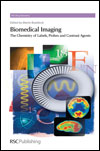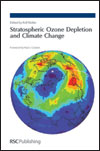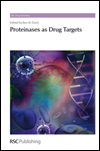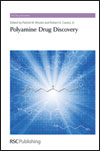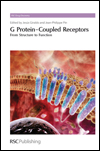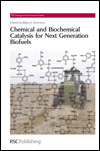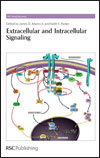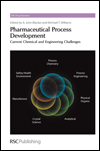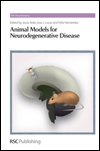Now Published in the RSC Drug Discovery Series
Biomedical Imaging: The Chemistry of Labels, Probes and Contrast Agents
Edited by Martin Braddock
The concept of medical imaging is one of the cornerstones of modern medicine. Although its origins can be found in 19th Century photography, the field only properly emerged in 1895 following W.C. Rontgen’s discovery of X-rays. Since then, insights from across physics and chemistry have devised many new modalities, such as magnetic resonance imaging (MRI), optical (including fluorescence), X-ray (including x-ray computed tomography, CT) and gamma imaging (including single photon emission computed tomography, SPECT), positron emission tomography (PET) and ultrasound techniques.
In this exemplary new book an expert team of authors present a review of some of the most important advances in recent years. The book starts with a comprehensive introduction to endogenous and exogenous contrast and then is broken down into four main parts. The first part discusses the development of radiotracers and radiopharmaceuticals as biomedical imaging tools and imaging agents for selected brain targets that are of both clinical relevance and pharmacological interest. The second part focuses on the design and synthesis of contrast agents, MRI and X-ray modalities. Part three provides an extensive discussion on optical imaging techniques and the value of fluorescence optical imaging in pharmacological and drug development research. The final section focuses on physical techniques and application, with a review of recent advances in brain imaging, that provide opportunities to develop biomarkers for diseases of the central nervous system and current progress and future prospects of using MRI to assist in the drug discovery and drug development process.
The book will be essential reading for medicinal and physical scientists working in both industry and academia in the fields of chemistry, physics, radiology, biochemistry and the pharmaceutical sciences.


